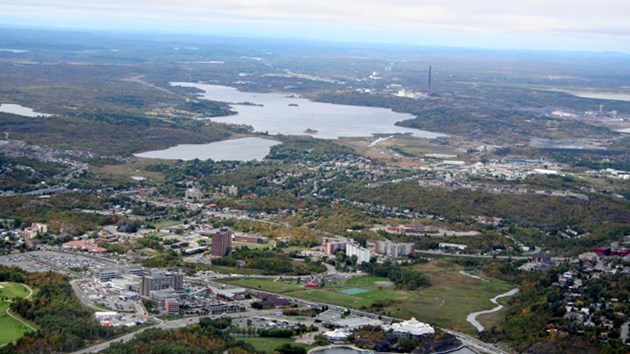With areas outside of Greater Sudbury set for significant population decline, the Northern Policy Institute says there's an opportunity for First Nations communities to fill expected labour shortages.
That's because unlike other demographics, Indigenous populations in the district are expected to grow in the coming decades.
That's the conclusion of the latest report from the Northern Projections: Human Capital Series, which recommends “the Sudbury District build upon partnerships with Indigenous communities, to build capacity and address projected labour shortages.”
The Sudbury District – areas around, but not including Greater Sudbury – had a population of about 21,546 across 40,025 square kilometres in 2016, the report said. That population figure is forecast to decline by 18 per cent by 2041, or about 3,800 people.
Authors James Cuddy and Bakhtiar Moazzami concluded that as a result of the decline, the supply of labour is also expected to fall in the coming years.
“The Indigenous population, however, is expected to increase from 3,402 in 2013 to 3,962 in 2041 — a growth rate of about 16.5 per cent,” the authors said in a news release. “While these figures represent opportunity, there are also challenges to address, including issues related to transportation, accessibility, and education.”
The jobless rate among on-reserve First Nations men was the highest for any sub-group in the District of Sudbury at 21.4 per cent.
However, Indigenous men living on-reserve have relatively high levels of participation compared to the northeast and compared to those living off-reserve in the Sudbury District.
“There is clear evidence showing that higher education increases the likelihood of participation in the workforce and reduces unemployment rates”, Reggie Caverson, executive director of Workforce Planning for Sudbury and Manitoulin, is quoted as saying in the news release. “Addressing these issues for the Indigenous population and expanding economic opportunities both on and off-reserve would be of significant benefit to the District.”
The report also highlights the difficulty of attracting immigrants to the area. In 2015, the district attracted 3.9 immigrants per 10,000 people, compared to 64.8 in Ontario, which translates into more than 16 times fewer immigrants attracted per capita in the Sudbury District compared to the province as a whole.
“Additionally, the human capital indexes for immigrants in the District of Sudbury are lower than in Northeastern Ontario, Ontario and Canada,” the report said.
“Greater investment in the success of newcomer populations is key to a sustainable future for the District of Sudbury,” Charles Cirtwill, NPI CEO is quoted as saying in the news release. “Other regions in the Northeast have had success attracting and supporting these population groups.
“Replicating that success in the Sudbury District will be an important factor in future growth for the region.”
